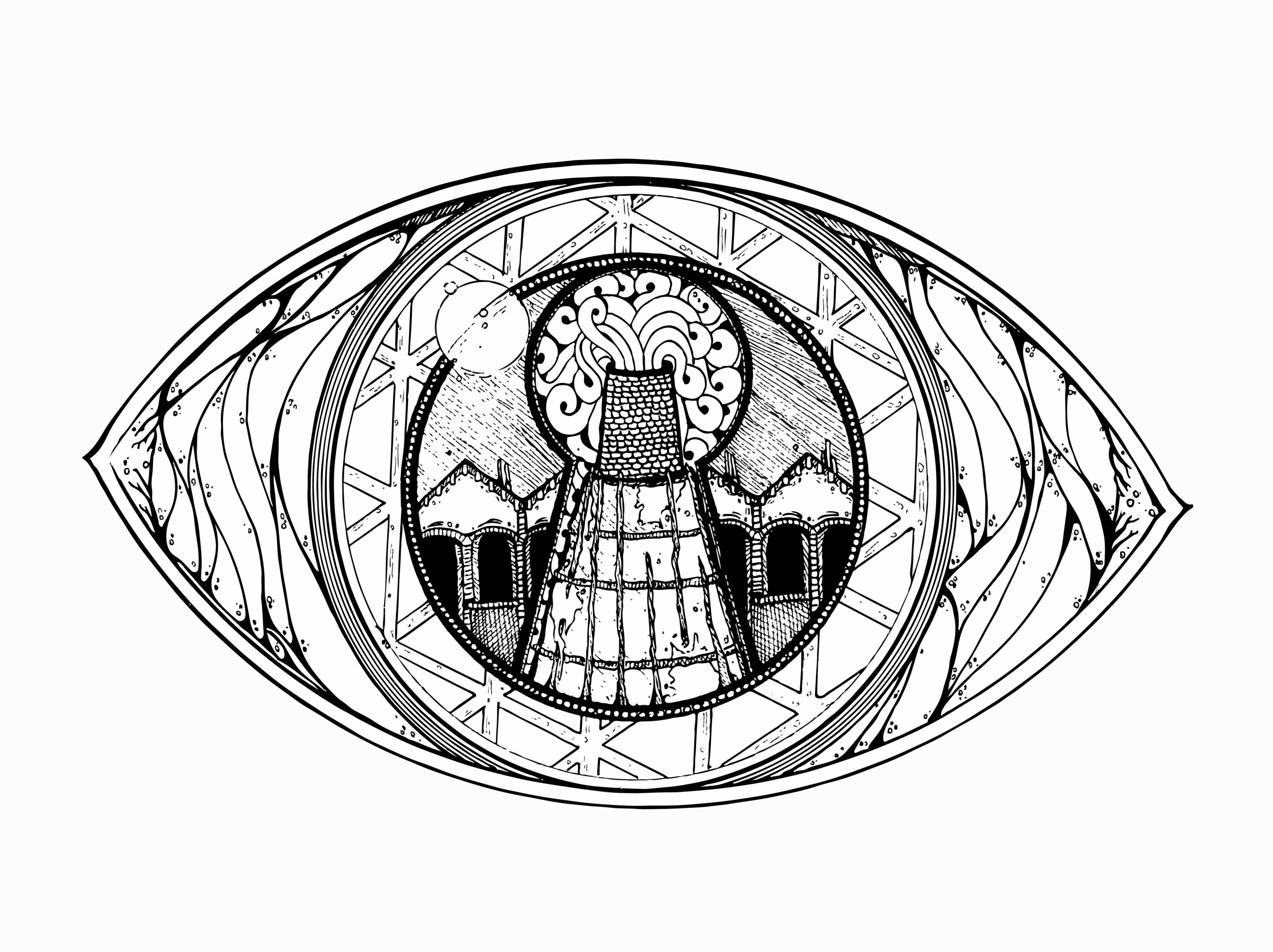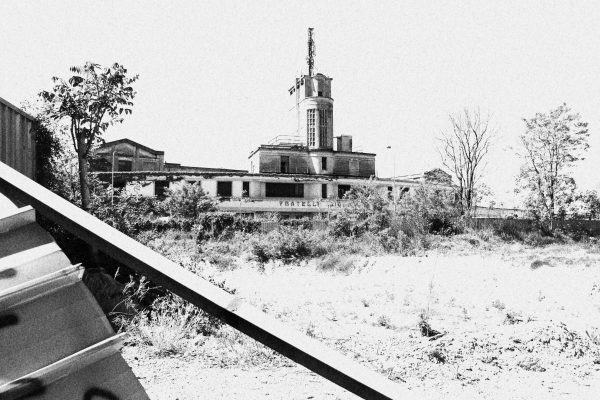Industrial archeology: such a strange neologism coined in Great Britain in 1950s, it becomes a common expression in everyday Italian language.

Attribuzione – Non opere derivate
CC BY-ND
At the beginning, it seemed that archeology and industry were two completely different words. The first one is linked to the field of studies related to substance and modernity. On the other hand, the adjective “industrial” refers to the temporal coordinates within I intend to develop the investigation: the first Industrial Revolution (in Great Britain between the last decades of the XVIII century and the first half of the XIX century; the end of XIX in Italy).
Thanks to a strong historical component, this discipline does not only deal with the material remains of work, but also with the written and iconographical documentary evidences; guidebooks published between the late XIX century and the beginning of the XX century and articles. We are dealing with a multidisciplinary subject especially for the search method.
Industrial archeology manages to protect the area and objects annexed to the work culture through projects of conservation and in some cases of “musealization”. It also manages to carry out census and cataloguing. The main purpose is to give a certified document valid both for the places to requalify and the ones to destroy.
Industrial archeology can include: manufacturing buildings with related machineries and equipment, small towns, laboring neighbors, bridges and railways. According to the present project, my intent is to circumscribe the investigation to those places with a value concerning cultural heritage.
Why should we spend our time protecting these uncommon heritages, apparently ruined by time?
First of all, we are dealing with the proofs of a recent change still affecting nowadays’ situation. It would not make any sense talking about our most ancient roots if we did not create a collective memory that gives identity to the current society. What I like the most about that is how “ruins” can turn areas into landscapes. Landscape comes from an interpretation through time and space.
However, the decaying buildings represent fruitful material for photography enthusiasts that manage to seize the atmosphere of past period through their lens. If we destroy everything, what would photographers do?
Federica Taddeo
Translated by Andrea Consalvi.

